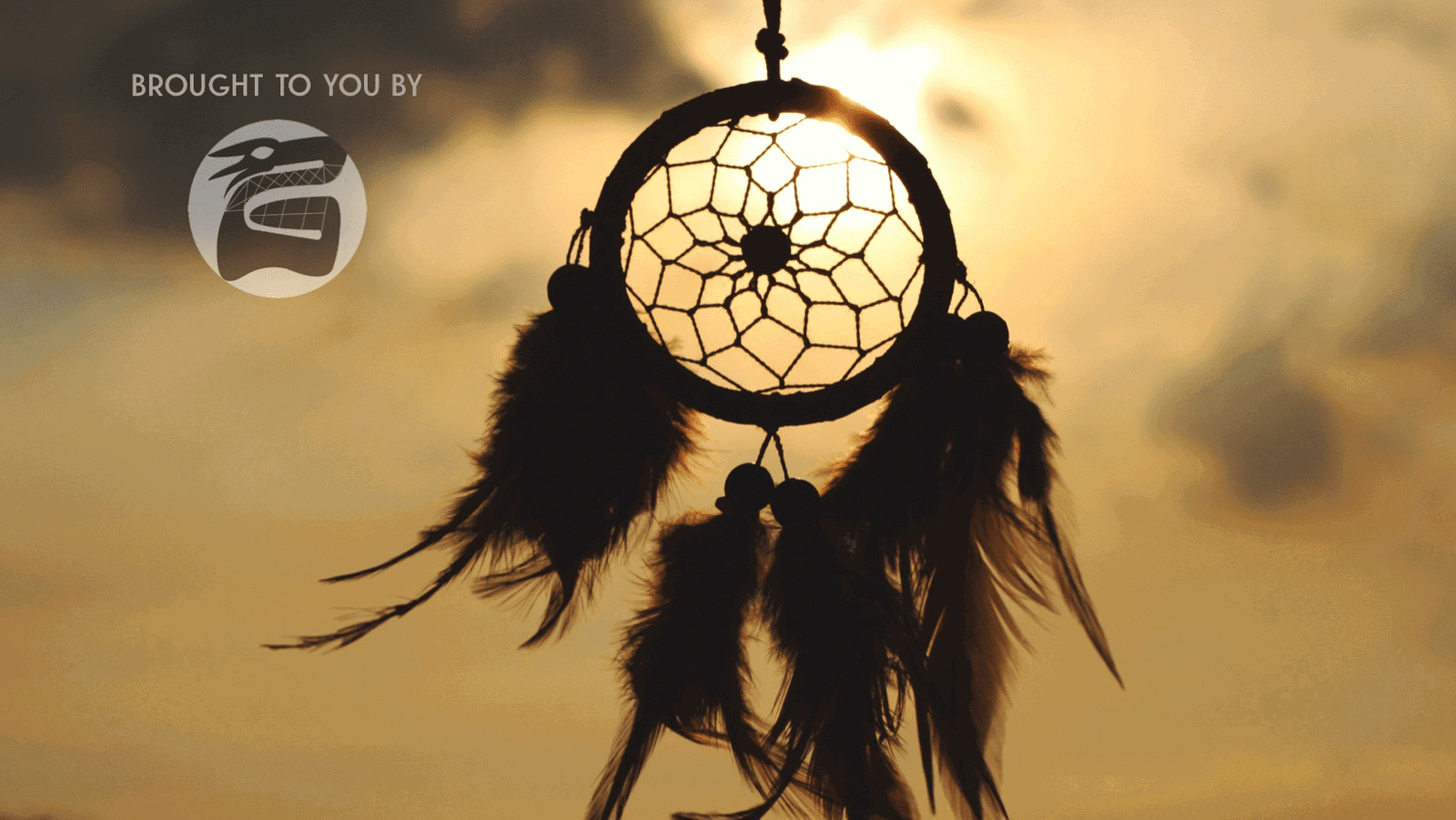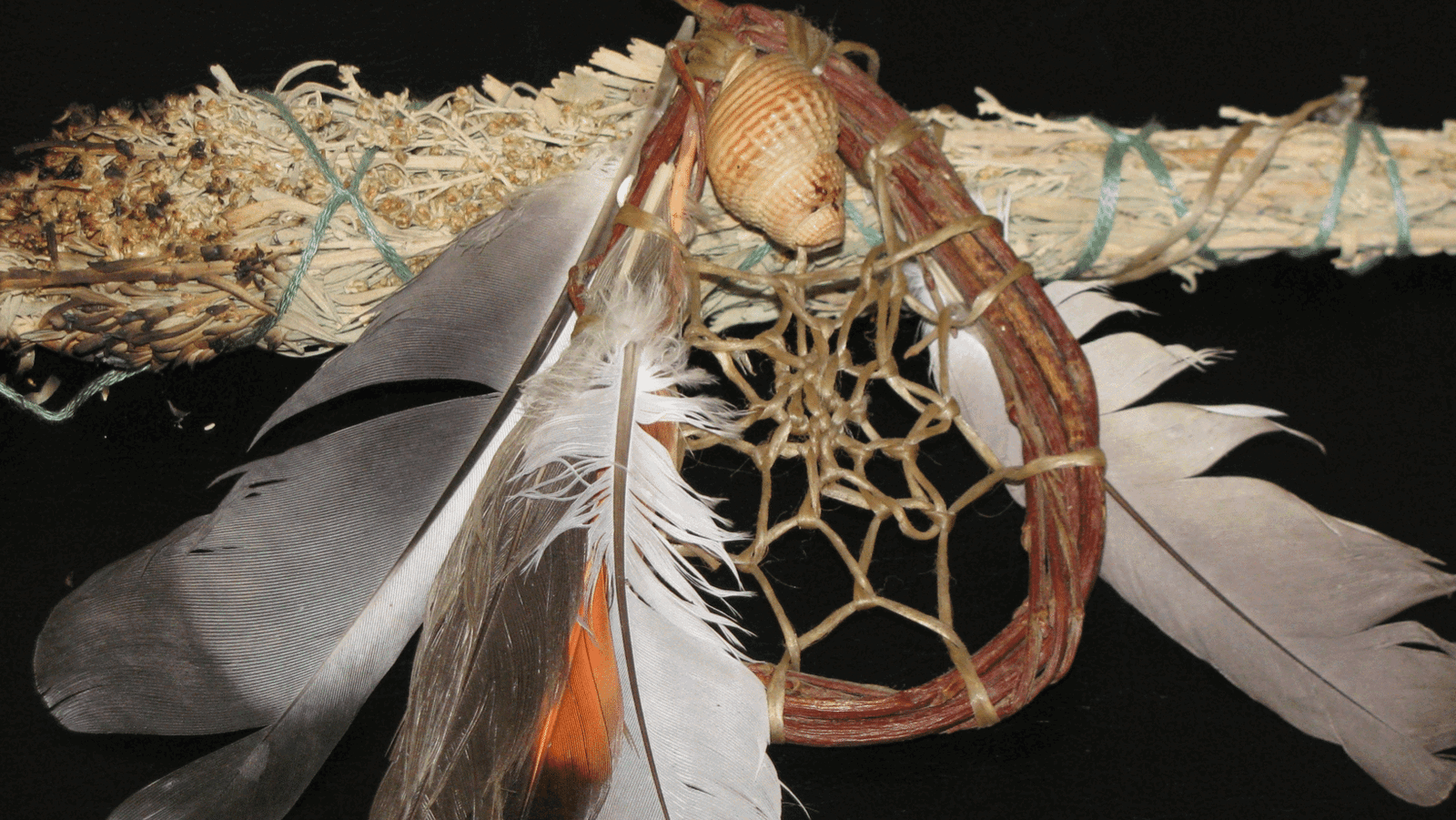Explore Chucalissa :: Dreamcatchers and Story Legends
The earthen mounds at Chucalissa were constructed and occupied between A.D. 1000- 1500 by the people of the Mississippian culture who built platform mounds used for ceremonies and residences of high-ranking officials. The Mississippians lived in permanent villages with houses made of mud and thatch.
But within the walls of those earthen mounds were real living people, with families and communities. Stories were passed from generation to generation.
Among these were the legends and beliefs around Dreamcatchers.
Are you homeschooling? Are your kids just into Native American cultures and customs? Is your family intrigued by the Indian history we have right here in the Mid-South? Then look no further!
Students can make their own dreamcatcher as they compare and contrast two Native American legends about dreamcatchers. The educational focus is compare and contrast and symbolism. (For this craft and others like it, visit Chucalissa’s Teacher Resource page, linked here.)
1. First, watch “An Ojibwe Legend“* and “A Lakota Legend“
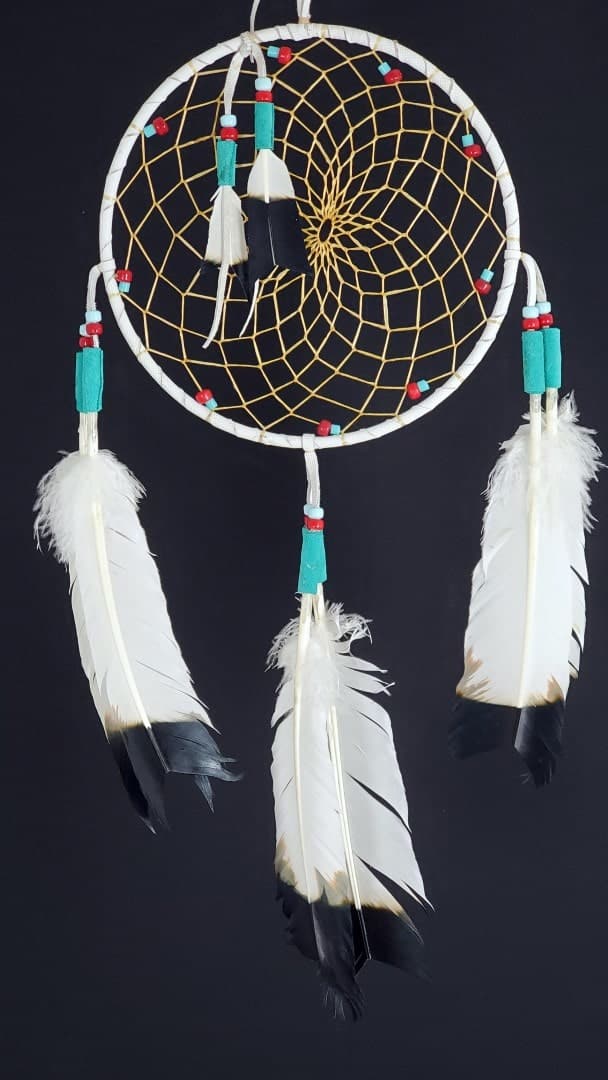
2. Follow up discussion questions
• What are dreamcatchers?
Native Americans believe they protect people from bad dreams.
• What are some similarities between the Ojibwe and Lakota legends of dreamcatchers?
Both legends’ main character is a spider who spins a web to capture dreams. Both webs are used at night to filter dreams.
• What are some differences between the legends?
In the Ojibwe legend, the spider’s web ensnares bad dreams, allowing good dreams to pass to the dreamer. In the Lakota legend, the spider’s web captures good dreams for the dreamer, allowing only bad dreams to pass and burn up.
• What is symbolism?
It is when an idea or feeling is represented by something else such as a picture or object.
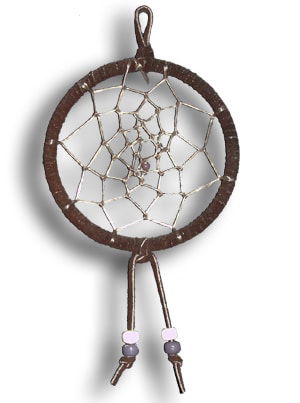
3. Let’s make Dreamcatchers!
Supplies Needed:
- One paper plate
- Scissors
- Hole punch
- Yarn (four 12″ sections and one 48″ section)
- Clear tape
- Pony beads
- Feathers (ours were about 3 1/2-4″ long)
- Markers
Directions:
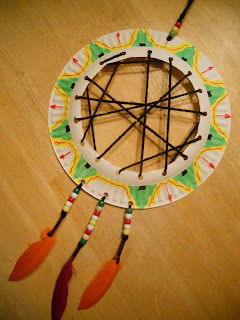
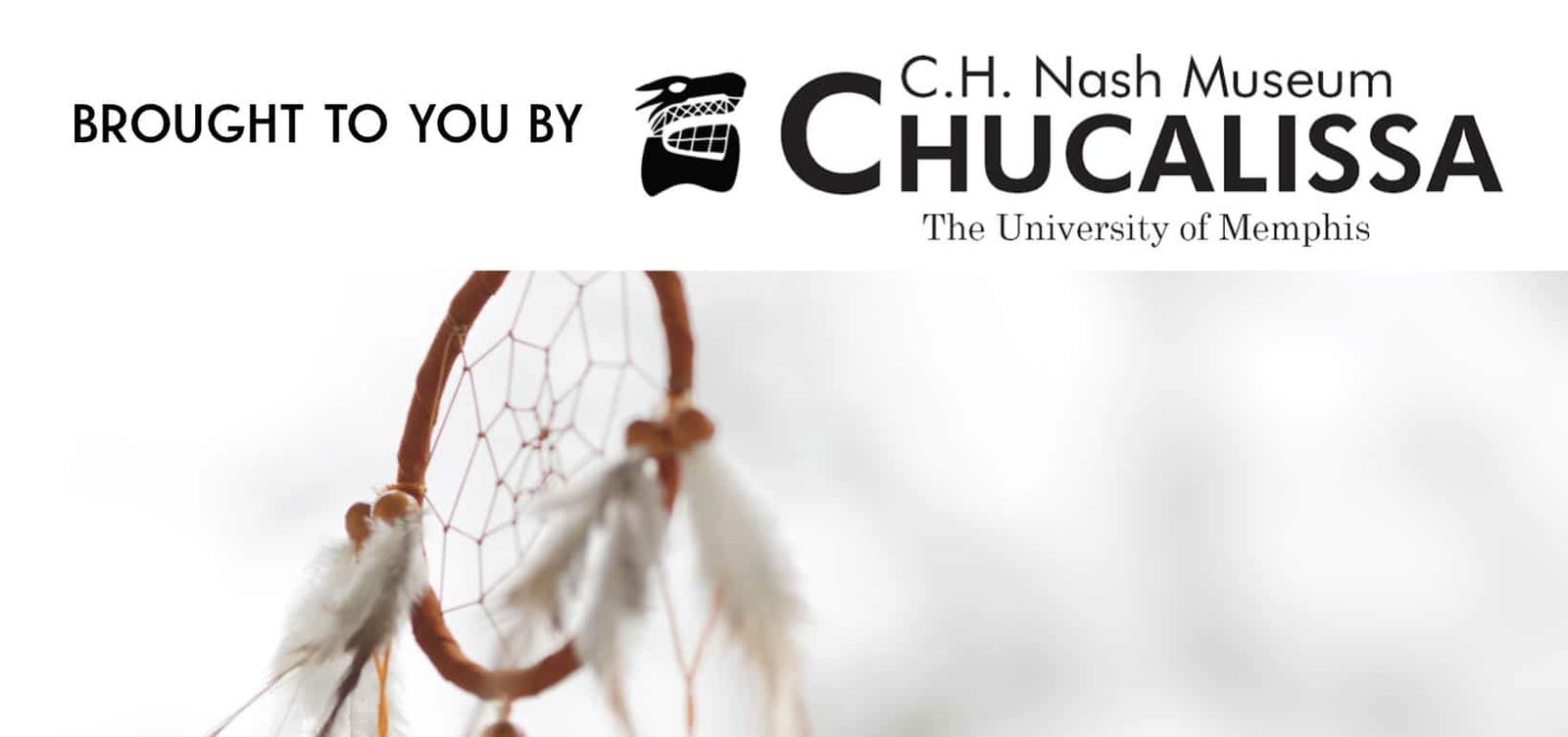
We hope this article will help you bring the spirit of the museum (and site) to your homeschool group or home learning time. Your children can also learn more about the specific site of Chucalissa through a field trip or classroom visit.
We encourage you to book a private tour by contacting chucalissa@memphis.edu or by calling 901-785-3160.
Click here to learn more about what to expect during a visit.
*this video is perfect for this age group until about the 5 min. mark or so

